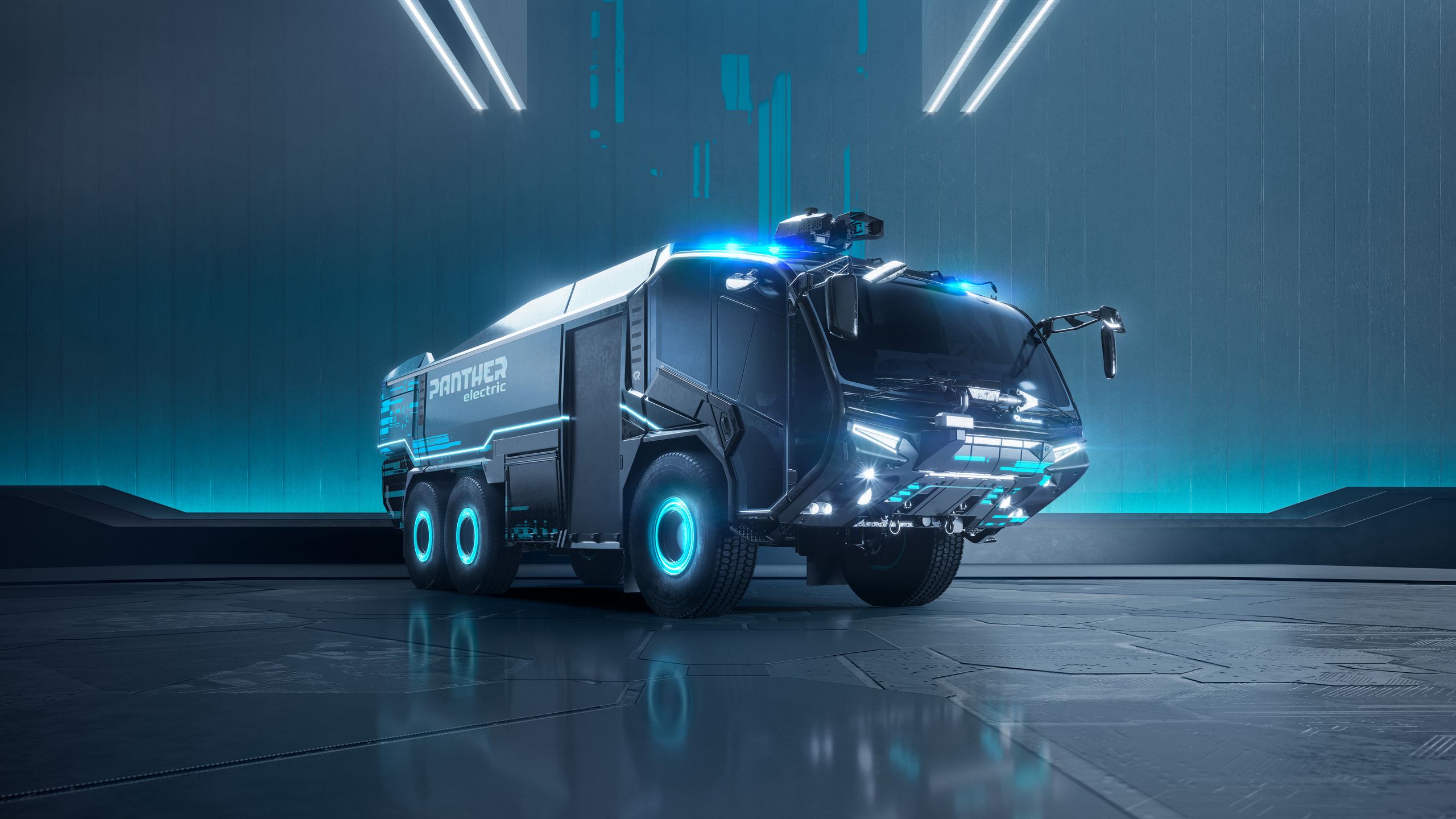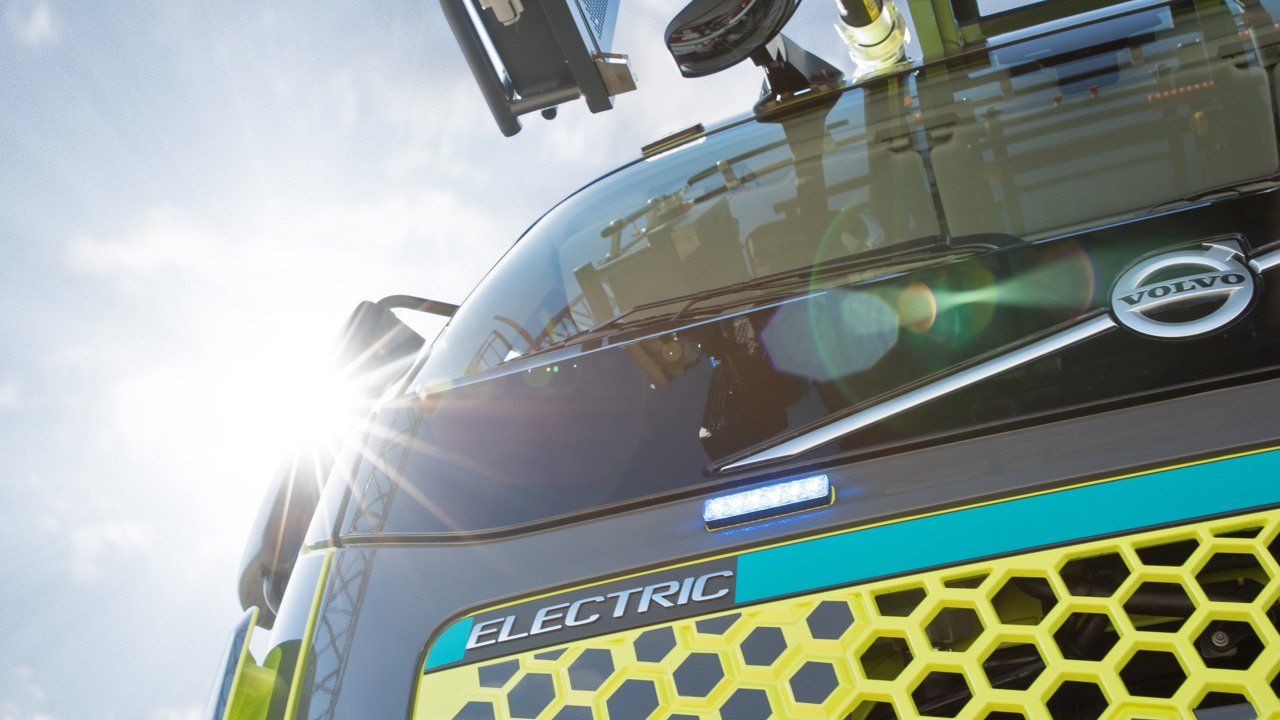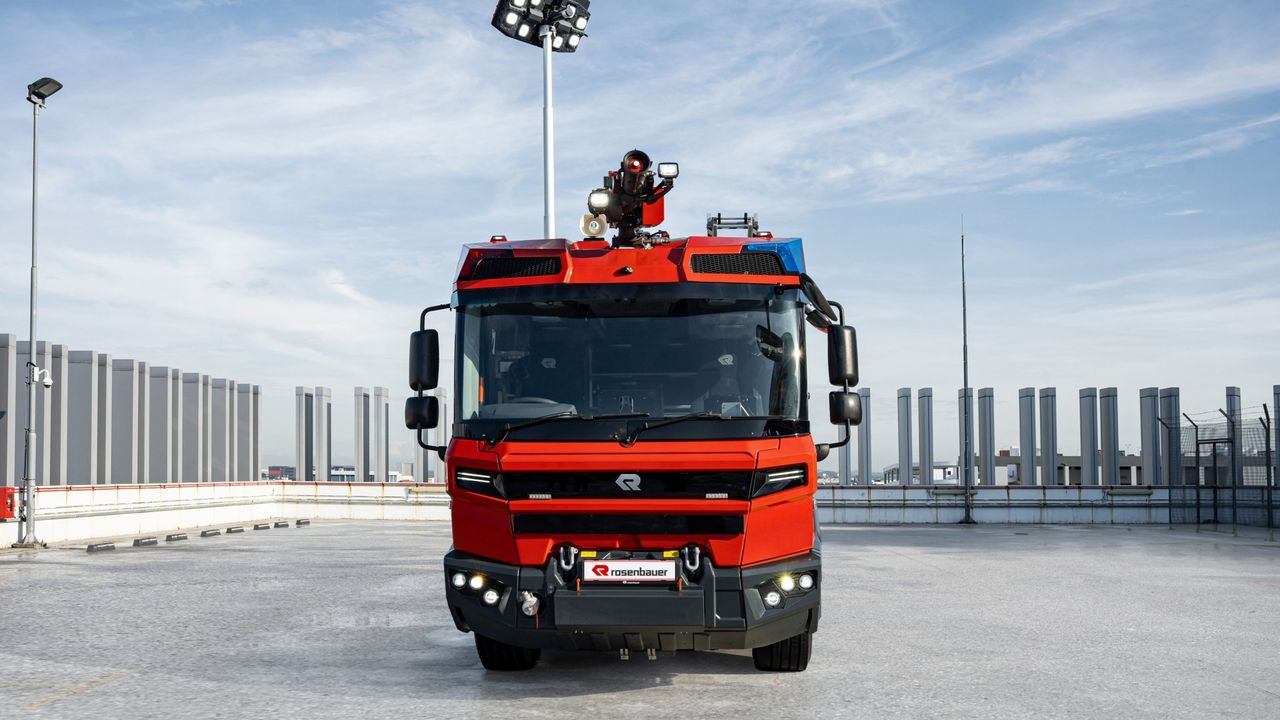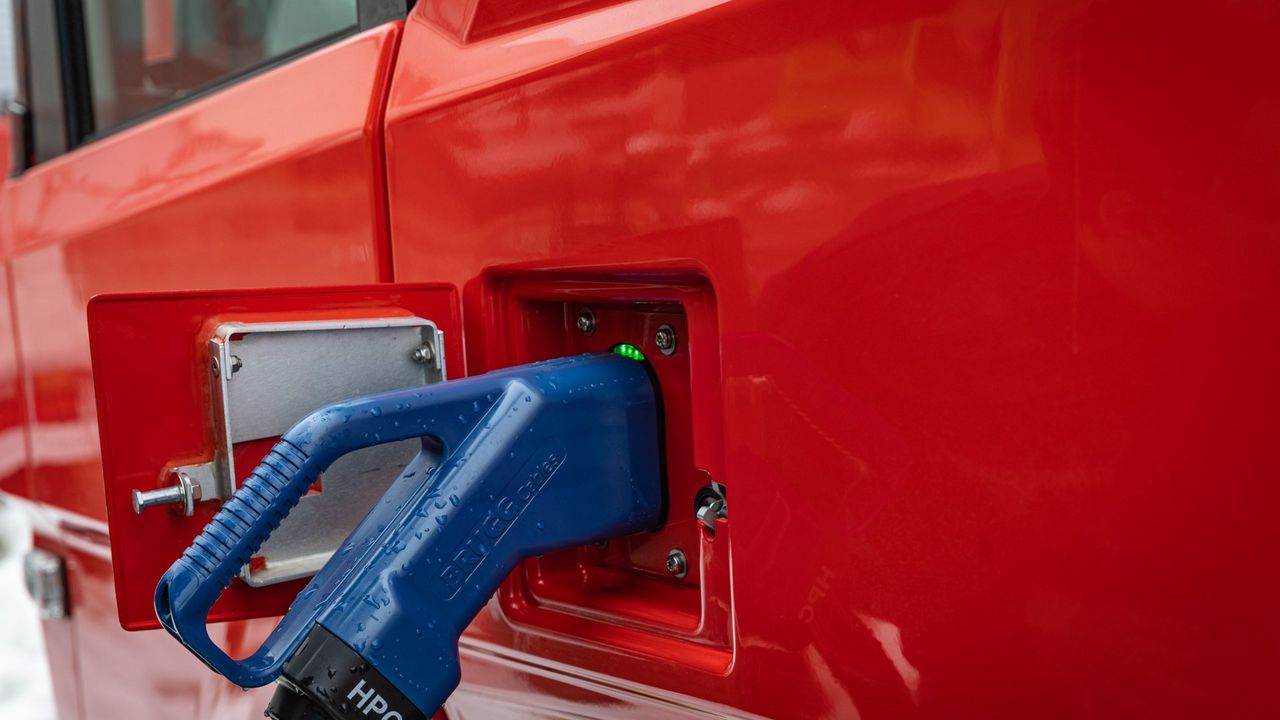Efficiency,
measured by the degree of efficiency.
A groundbreaking idea, born long before politics, media and society not just suggested but demanded a change in thinking. Rosenbauer has always been a trailblazer, an innovator and an outside-the-box thinker in disaster protection.
A comparison of drive types.



